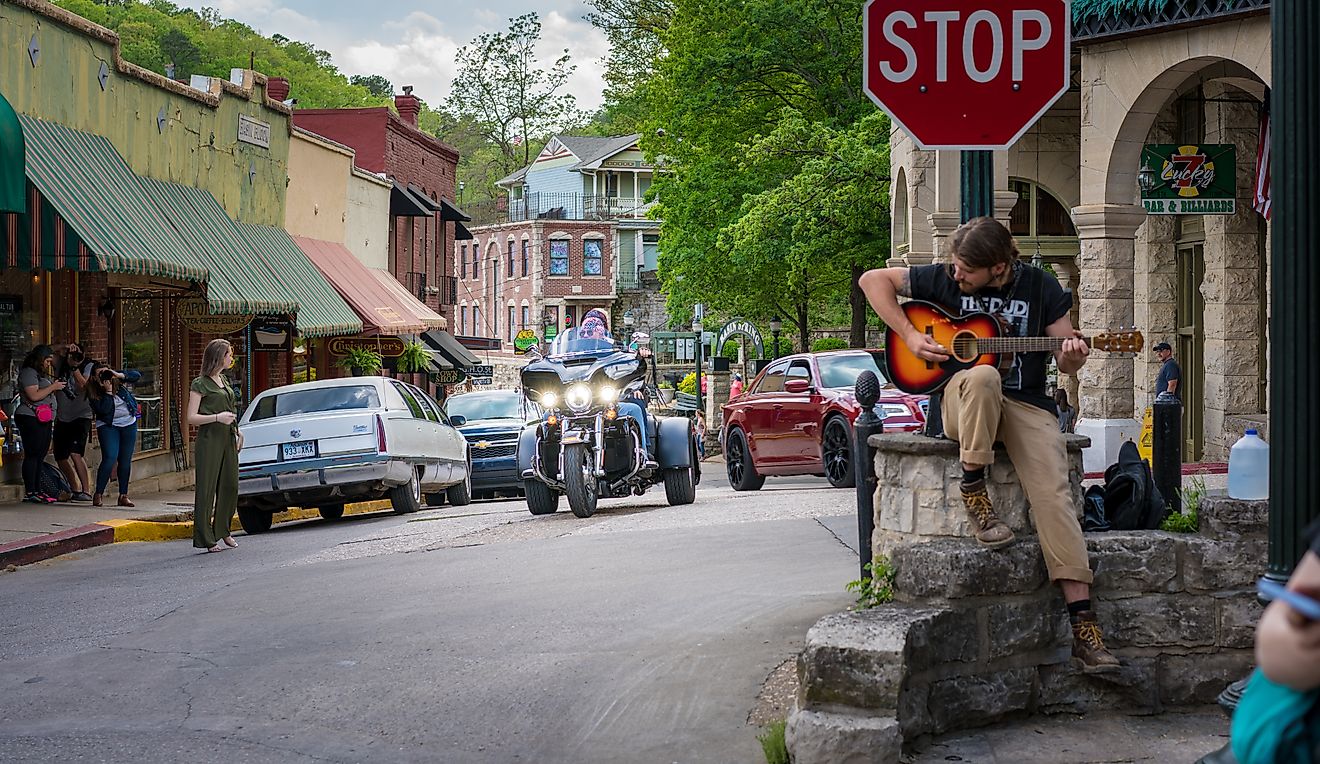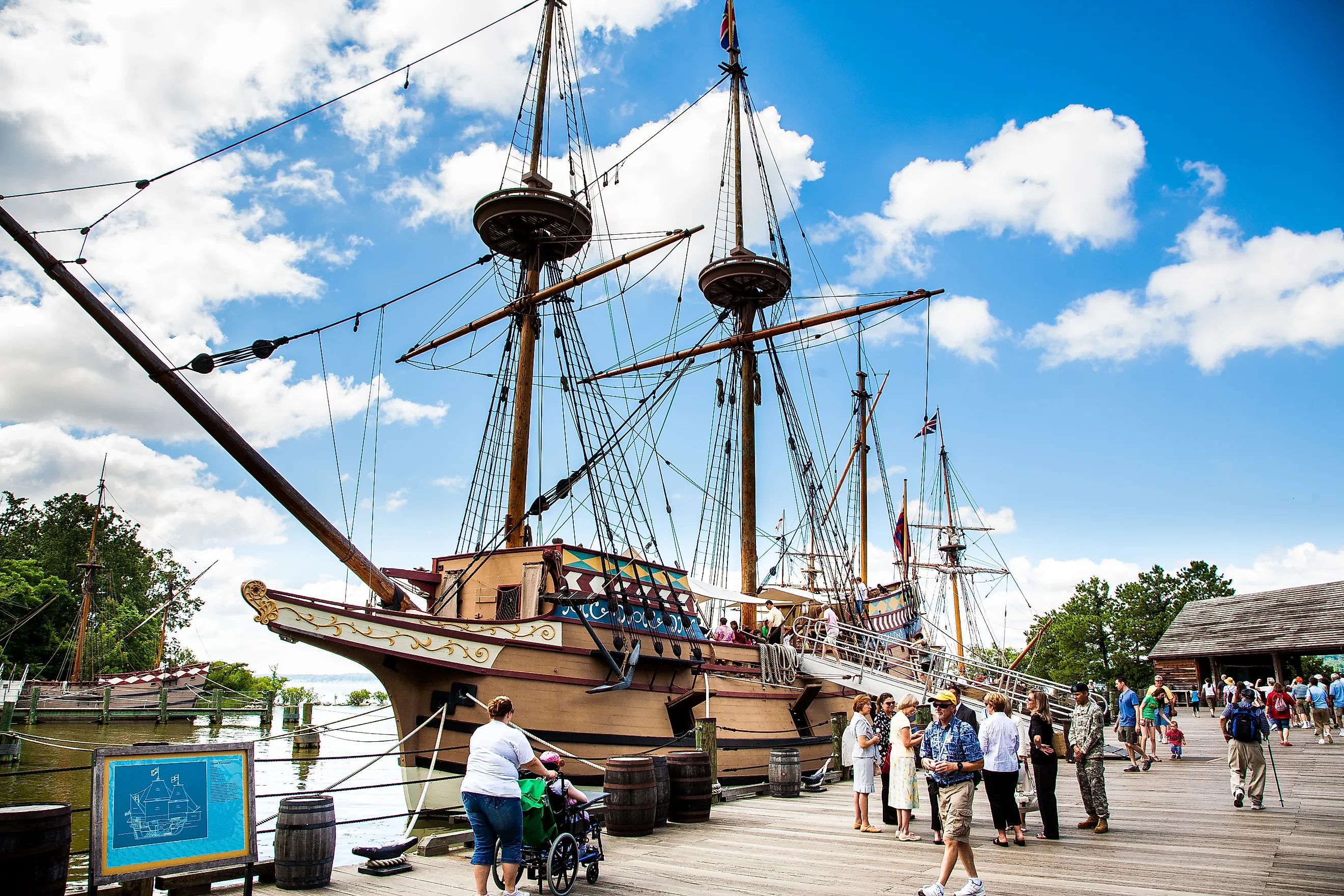
This Virginia Town Is Older Than the State Itself
On the James River about 2.5 miles southwest of present-day Williamsburg lies Jamestown, Virginia, the state's oldest founding settlement and the very first permanent English settlement in what would eventually become the United States. The Virginia Company of London established the site in 1607, roughly 168 years before the American Revolution.
When you see Jamestown today, it stands as a living record. The district is a unique blend of architectural significance, preserved historical sites, natural wonders, and modern attractions that connect its past to active, present-day amenities. This guide covers its founding, survival, and historical evolution, as well as a glimpse at present-day Jasmestown, Virginia.
Jamestown from the Start: 1607 to the Present
The Founding and Initial Challenges
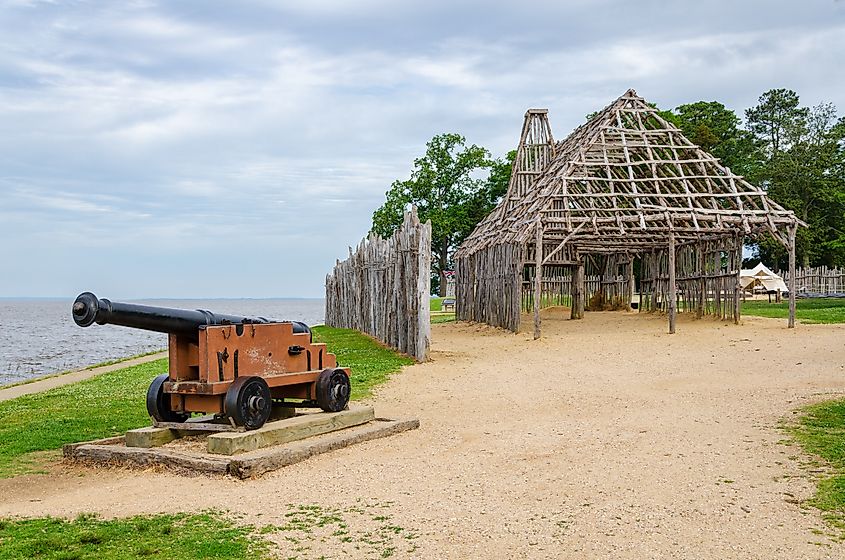
In 1607, 104 men and boys arrived from England aboard the Susan Constant, the Godspeed, and the Discovery and established themselves approximately 60 miles inland from Chesapeake Bay. They were immediately confronted with challenging conditions, namely disease, hunger, and conflict with the native Powhatan peoples. What came to be known as the Starving Time all but ended the colony as Jamestown fell under seige and failed to thrive, until resupply ships and another wave of settlers revived the colony and gave it new life.
Growth, Tobacco, and Legislative Firsts
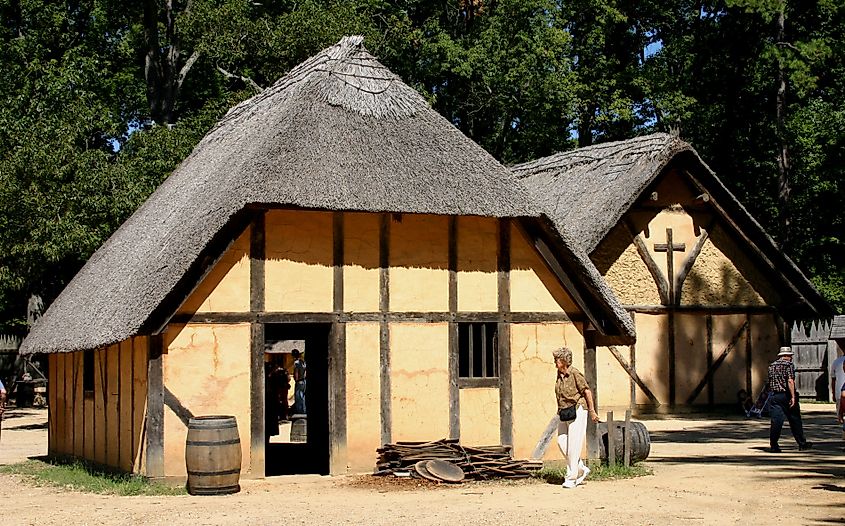
Through resettlement, John Rolfe established tobacco as a cash crop, spurring economic growth. Jamestown also saw the creation of the House of Burgesses, the first representative legislative council in English America, marking the colony's central position in American political and social development. Rebellion and subsequent fires all but destroyed Jamestown and led to the capital being moved to Williamsburg in 1699. Settlers continued to farm and live on the land, but this marked the end of its devlopment as a town proper.
Rediscovery and Contemporary Development
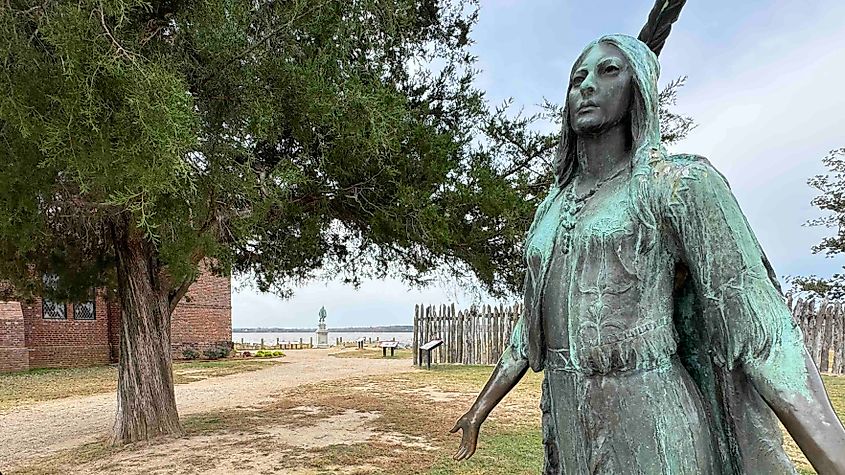
Centuries later, archaeological excavations spearheaded by the Jamestown Rediscovery project revealed original fort earthworks, the 1608 church where Pocahontas and John Rolfe were wedded, and thousands of colonial artifacts now displayed at the Archaearium Archeology Museum. Historic Jamestowne, a National Park Service historic site, exists at the location of the original fort and offers guided tours and opportunities to observe archaeological diggings. With the intention of showcasing the impressive history and story of the original colony and settlement, the Jamestown-Yorktown Foundation has a separate living history museum with a duplication of the fort, as well as a recreation of the Powhatan village and the three original ships that brought colonizers to the New World.
Currently, it is one of Virginia's Historic Triangle pillars, along with Williamsburg and Yorktown.
Visiting Jamestown in the Modern Age
Attractions & Historical Sites
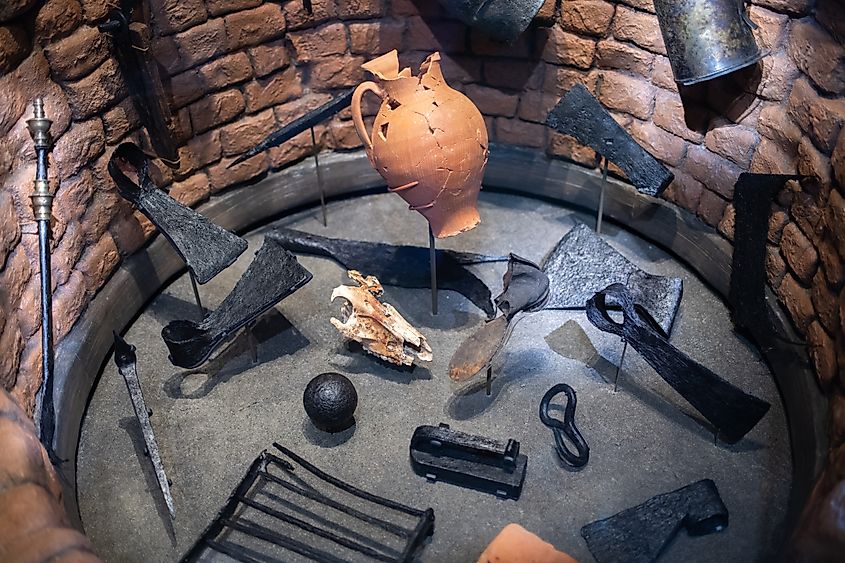
At Historic Jamestowne & James Fort you can walk through the 1607 original fort excavations, observe dig areas, and listen to park rangers interpret Jamestown's early struggles and triumphs. James Fort sits atop the remains of the 17th-century church and offers visitors the opportunity to look through glass floors at the original layout. The surrounding burial grounds contain the Knight's Tombstone and the graves of the first settlers and early elite. Finally, more than 4,000 artifacts from 1607-1624 reside in the Archaearium Museum, from tools and commercial goods to sacred objects and colonial tobacco pipes, as well as the oldest Native American artifacts in Virginia.
Natural Wonders of Historic Jamestown

Jamestown Island and its loop road offer wildlife observation and peaceful views of the James River, as well as access to the Colonial Parkway that links all three towns of the Historic Triangle. Route 5, Jamestown Discovery Trail, also connects Jamestown to Richmond and Williamsburg. Scenic drives or walking tours of the forests and riverside allow you to see the natural splendor of the region, including the diverse ecosystem and habitats of the wildlife thriving in James City County.
A Taste of Colonial America
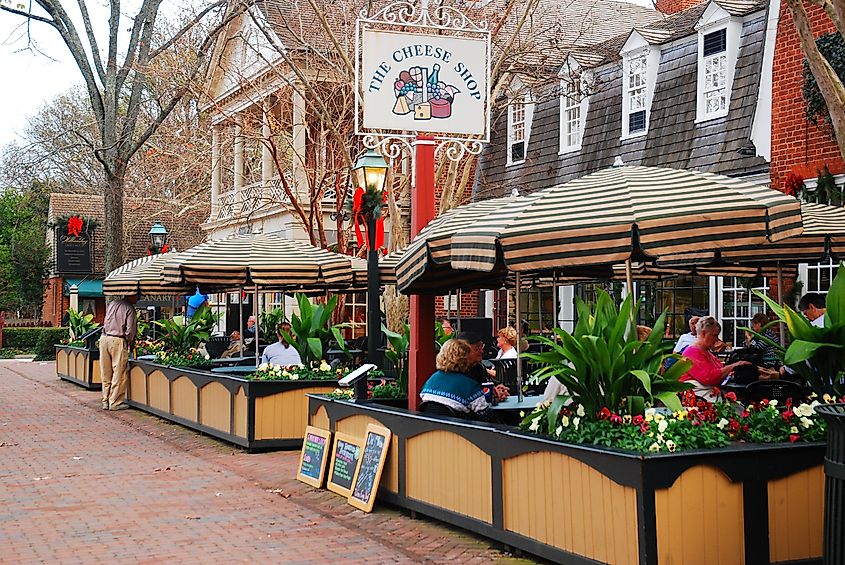
Beyond the historical sites, the Jamestown District is predominantly residential, with the bulk of businesses and commercial properties thriving in nearby Williamsburg. Yorktown is also about 15 miles away, allowing visitors to Jamestown a more diverse selection of local food, seasonal specialties, craft breweries, and modern American cuisine as the regional exploration continues. One such popular option is Berret's Seafood Restaurant and Taphouse Grill, serving up fresh seafood and award-winning crab cakes, located in Colonial Williamsburg’s Merchants Square.
Jamestown was the state of Virginia's first town and the birthplace of English America. From its perilous beginnings in 1607 to being a center of colonial government, business, and culture, Jamestown framed the earliest ideas of what would eventually become the United States. Today, visitors can walk on hallowed ground, watch live archaeology at work, explore artifacts in museums, and experience thrilling reenactments. With peaceful river views, diverse dining, and vibrant historical programming, Jamestown is a fully immersive and richly textured destination as one of the country’s oldest settlements.










